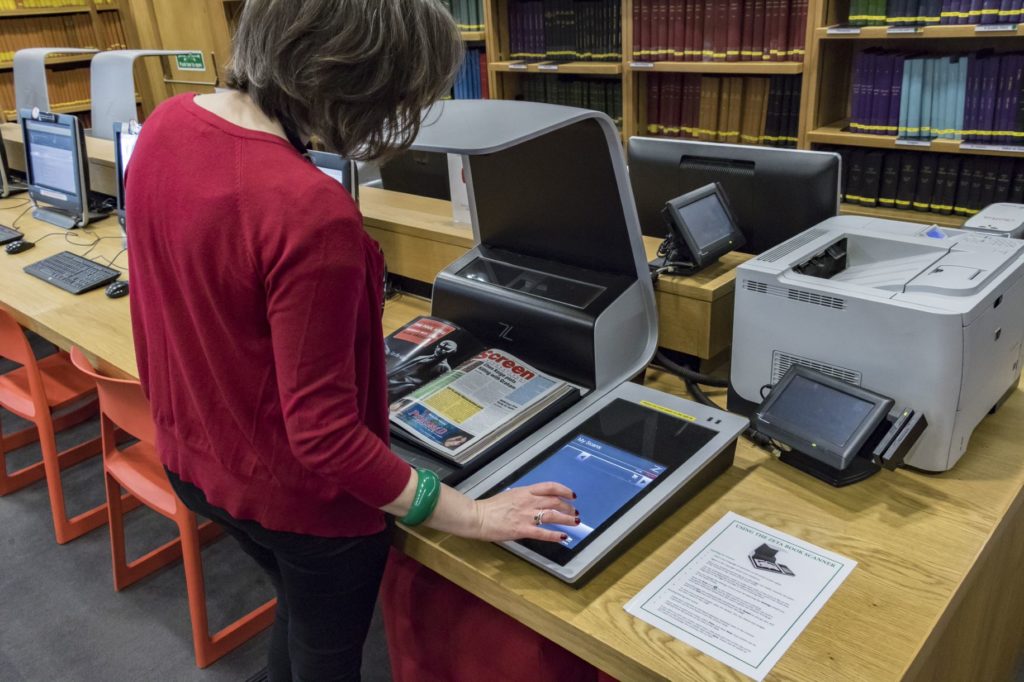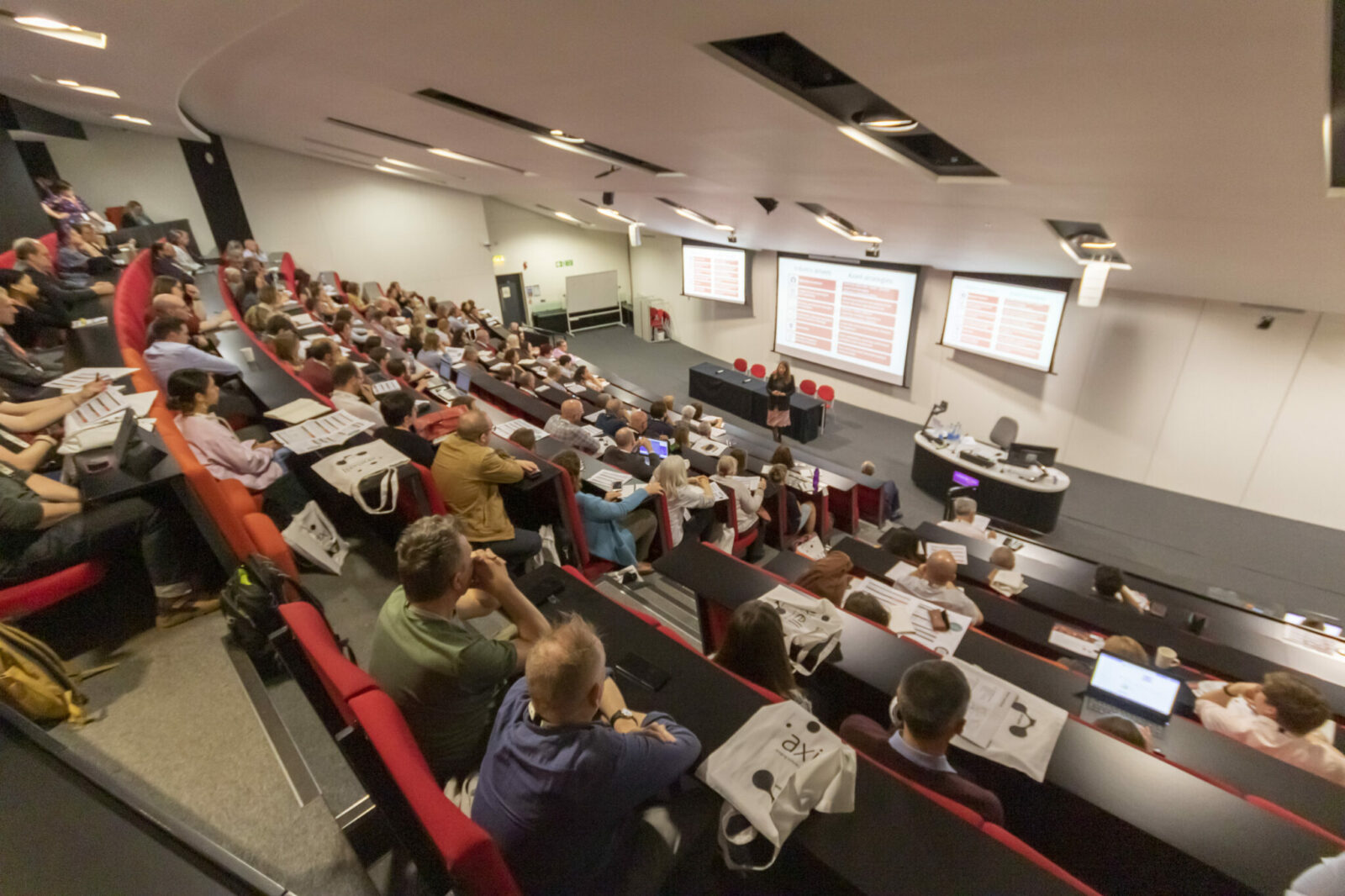In our recent whitepaper, we explored how archives, galleries and museums are driving new levels of engagement with their collections. Objects discoverable from anywhere in the world or brought to life through apps and interpretive experiences.
Yet, for organisation with more limited budgets, much of this remains either a fantasy or an unnecessary luxury. Luckily, the whitepaper also contained many lessons and experiences that will serve organisations whose resources are more finite.
We will discuss, here, some of the ways that publishing collections to the web can help smaller collections teams achieve some of their core goals on a limited budget.
Publishing collections to the web can help smaller teams work more efficiently
Usually, the smaller the team, the broader the set of tasks assigned to each member. This means efficiency is key. Making collections available online can save collections staff time answering requests and reduces the risk to the physical collection.
Fiona Bourne, Archives Operational Manager, from the Royal College of Nursing (RCN) says:
“Our digital archive contains records of information ranging from professional best practice, historical documentation and interviews with nurses.
“We still get a lot of people wanting to come in and search the record, but our digital archive is increasingly helping us satisfy the needs of visitors of all types, saving us time and answering their questions more efficiently.”

Know your priorities and set clear objectives
With limited resources available, digitising and publishing thousands of items is easier said than done. The dreams (or delusions) of making everything available online are vanishing. Now, prioritisation is key. And at the basis of this should be a good understanding of your core goals.
For Hannah Lowery, Archivist and Special Collections Manager at the University of Bristol Library Special Collections, the objective was to raise awareness of the collections.
“We have around five kilometres of material, from archives to objects and books. We thought long and hard about what to put online and not all our collections are digitised, partly due to resources and copyright restrictions.”
“However, it was a priority to get all our paper lists online to give people around the world an idea of the extent of our special collections.”

Use free to generate activities such as events, workshops, blogs, videos to engage audiences
One advantage that smaller organisations have over the cultural monoliths of marble and stone adorning our major cities, is that your audiences are more focused or more localised. You don’t need to appeal to everyone. This is a blessing.
Reaching and engaging those audiences can still be a real challenge. But, by giving your audience a place to go and a reason to go there, whether in person or online, you can start to get the most out of your digital collection. And now more than ever, the technology is at hand to quickly and cheaply produce and share content, events and more.
Hannah Lowery, Archivist and Special Collections Manager, at the University of Bristol Library Special Collections explains how they attract and engage users.
“Our special collections staff write the content for our blog, and people will see that and decide to access our archives. We also put our major collections on the Archive Hub, and people come to us from that, or by doing a search on the National Register of Archives”
“Last year, one of our archives, the Feminist Archive South ran a series of workshops to celebrate 100 years since some women gained the vote.”
“It really helped the researchers to have access to our catalogues online so they could hone into which aspects of the collection would be best to use. Content from our collection was toured around the country and the levels of outreach to young people was amazing.”
In this instance, online activity supports offline, and vice versa. Which leads us on to our next point.
Create once, publish everywhere
The key message of the whitepaper was that organisations need to start joining up their online and offline thinking and adopt a more holistic approach.
As above, a holistic approach means working in a way where publishing content can support both engagement online and, if your collection is on public display, the physical space.
This means reducing instances where effort is repeated. That could mean making sure narratives are recorded in the CMS, so that research conducted around an object for one exhibition can be reused in the future.
Or it could mean working with systems that easily integrate with others, meaning tasks don’t have to be repeated or descriptions re-written when new systems are introduced.

Collaborate with other institutions and departments
Pete Herbst, Developer at the Field Museum in Chicago, recognises that even at large institutions there is the need to work together to make savings where possible. Yet, for smaller teams, this is even more essential.
“Generally speaking, museums tend to have limited resources. People are always looking for solutions that are common across institutions that we can share and work on together on. For example, we can share best practice and ask systems providers to give us common solutions that can be used by multiple museums.
“Individually, we don’t have the time or resources to move as quickly as we would like. Together we can all work better towards creating effective online collections.”
Whether it’s working on joint projects or sharing experiences at user events and forums, collaboration has always set the cultural heritage industry apart. It is key to making the most of your resources.
Good CMS data is at the heart of it all
It’s an obvious point but it bears repeating. The foundation of being able to publish the collection in an efficient way is good collections management system data.
If you invest time in cleaning data and refining your cataloguing it will be easier to upgrade to new technology and systems when they become available.
It’s important to follow industry standards when selecting providers and to use recommended formats to avoid loss of data, and ensure media does not become unusable over time.
To learn more about this, you can read our 2018 blog –https://www.axiell.com/dk/blogindlaeg/6-qualities-of-good-collections-management-system-data/
Collections Without Frontiers
Read the white paper: ‘Collections without frontiers: how online collections can enhance the accessibility, enjoyment and interpretation of our global heritage’



